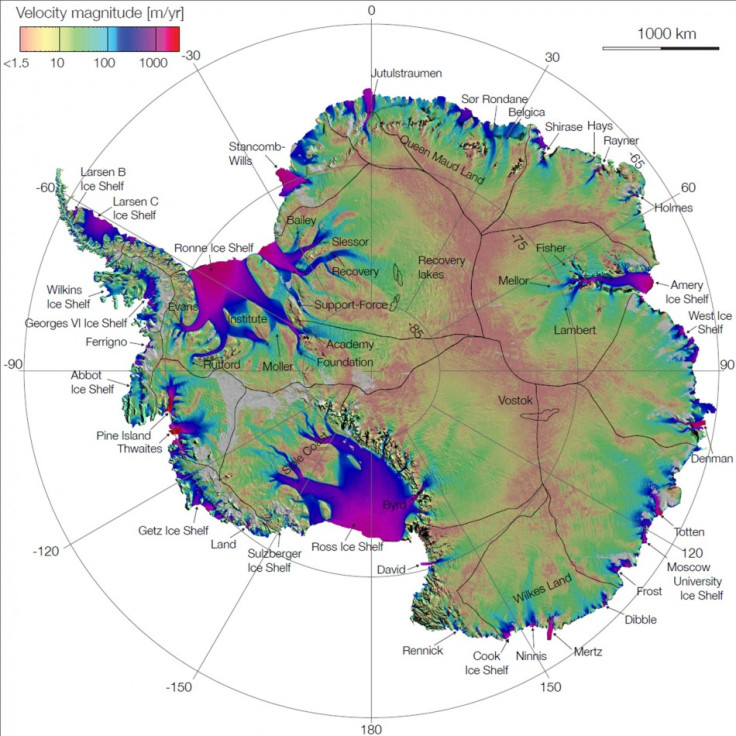Scientists Hope To Find New Life In Antarctic Underground Lake

A team of British scientists will travel to Antarctica in the hope of finding new life forms trapped beneath 3km of ice and reveal what Earth looked like up to a million years ago.
The team believe that Lake Ellsworth, which has been buried by ice for up to a million years, contains microbes, bacteria and other simple life forms that could provide clues as to how life evolved on Earth.
The team from the British Antarctic Survey will prepare the site above Lake Ellsworth, before returning to the site with 70 tonnes of digging equipment to penetrate the ice.
The goal is to sample water and sediment from the lake, which could reveal undiscovered life forms which existed before the lake froze over, and give clues as to what the planet's past climate was like.
World's Largest Virus Found in Sea off Chile
"Finding life in a lake that could have been isolated from the rest of the biosphere for up to half a million years will tell us so much about the potential origin of and constraints for life on Earth and may provide clues to the evolution of life on other extraterrestrial environments" said Science Coordinator Dr David Pearce.
"If we find nothing, this will be even more significant because it will define limits at which life can no longer exist on the planet," Pearce said.
The scientists will live in tents for around three months, working in temperatures of around -25C. A five-metre long probe will attempt to collect 24 water samples at various depths and then take a three-metre core from the sediment.
"For almost 15 years we have been planning to explore this hidden world. It's only now that we have the expertise and technology to drill through Antarctica's thickest ice and collect samples without contaminating this untouched and pristine environment," said Professor Martin Siegert of Edinburgh University, the principal investigator.
The expedition is funded by the Natural Environment Research Council.
© Copyright IBTimes 2024. All rights reserved.





